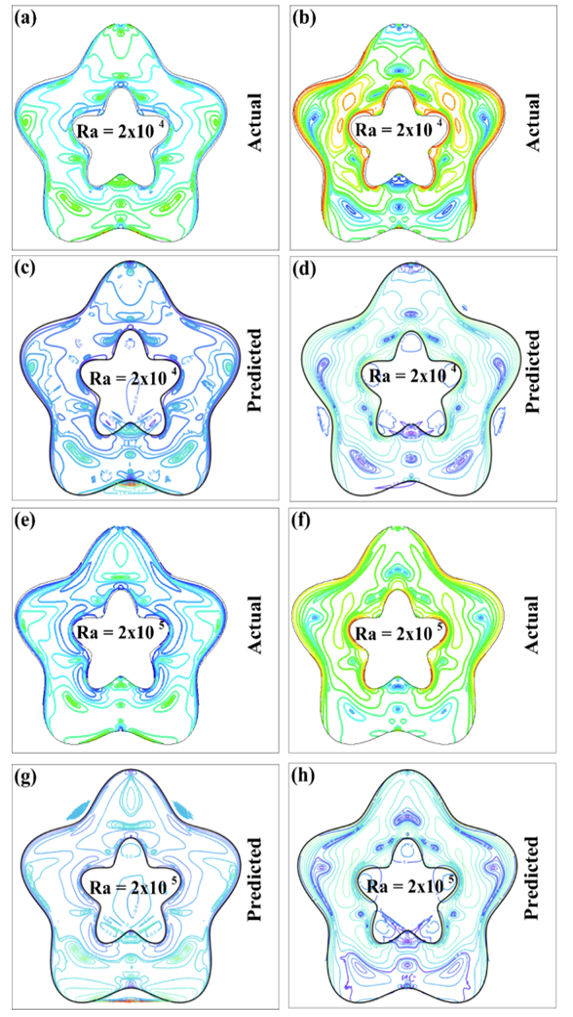Study of MHD phenomena in non-Newtonian fluids

A research team including dr Sahrish Batool Naqvi from the Division of Applied Computer Science and Statistical Physics of the Institute of Theoretical Physics published the results of research on the complex problem of magnetohydrodynamic (MHD) double diffusion in non-Newtonian hybrid ferrofluids within corrugated cylinder in the prestigious journal Engineering Applications of Artificial Intelligence.
Understanding this phenomenon is crucial due to its use in advanced cooling systems, biomedical drug delivery, and industrial processes in which precise control of fluid dynamics and heat exchange is essential. Traditional simulations face challenges in accurately capturing these complexities which makes it necessary to explore more efficient modeling approaches. To overcome those challenges the authors applied the computational fluid dynamics (CFD) framework combined with predictive modeling of machine learning.
The novelty of this work lies in the integration of machine learning techniques with CFD simulations in order to model MHD double diffusion in non-Newtonian hybrid ferrofluids. This approach ensures a more precise and resource-efficient method of analysing complex behaviours of fluids compared to traditional simulation methods. The discoveries have significant implications for various uses, including energy systems, biomedical engineering, industrial cooling, and chemical processing. The study not only deepens understanding of MHD phenomena in non-Newtonian fluids, but also offers practical observations regarding designing improved cooling systems and other uses in which precise control of fluids is essential.
In the figure: Predicted vs. actual viscosity by 1D CNN model. (a), (b) present results for 𝑛 = 0,8 and 𝑛 = 1,2 with Rayleigh number (Ra) = 2 × 10⁴ obtained from CFD model. The following row presents the predicted results from 1D CNN. Similarly, (e), (f) show results for n= 0,8 and 𝑛 = 1,2, for Ra = 2 × 10⁵ obtained from CFD model. The following row presents the predicted results from 1D CNN.
